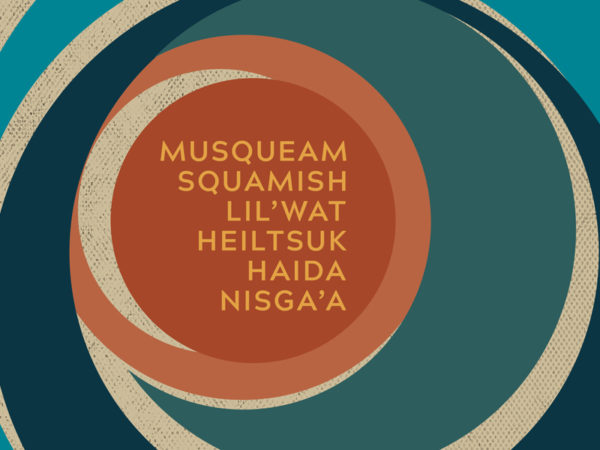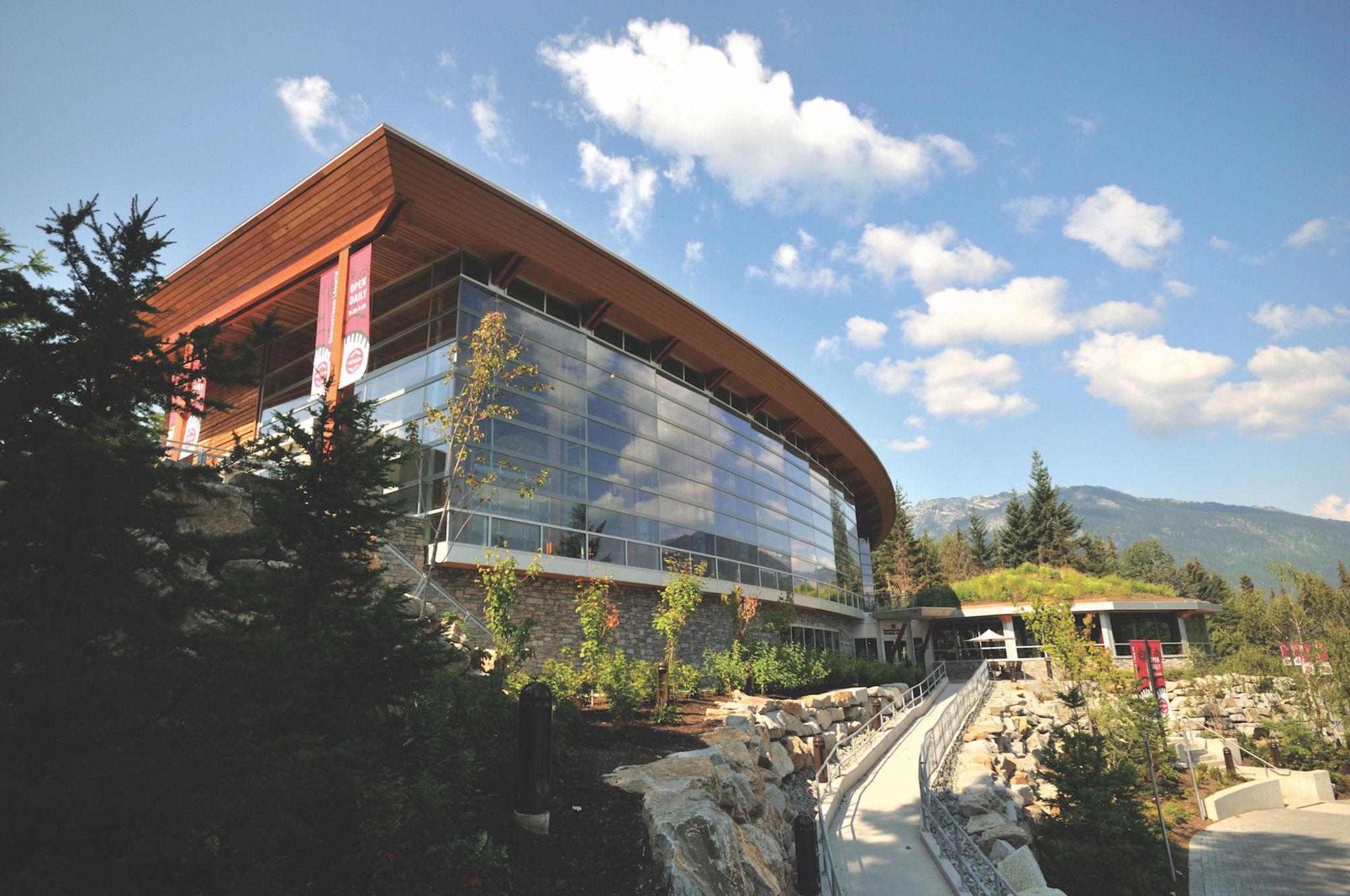First Nations cultural centres & museums across BC join forces
to share and explore their innovative work & diverse cultures in one space

The Museum of Anthropology (MOA) presents first-ever collaboration between six First Nations communities with the illuminating new exhibition Culture at the Centre, on display from March 18, 2018 to October 8, 2018. Coordinated by MOA Curators Jill Baird and Pam Brown, the collective effort between the Musqueam, Squamish, Lil’wat, Heiltsuk, Nisga’a, and Haida nations offers insight into the significant and innovative work taking place in five Indigenous-run cultural centres & museums in BC to support their language, culture, and history. Covering a wide geographic expanse, from what is now Vancouver to the Nass River Valley, this is the first time the participating communities will come together to curate an exhibition and showcase their diverse cultures in one space. The collaborators of Culture at the Centre hope to broaden visitors’ understanding of the role of cultural centres & museums in their respective communities.
“We have a long history of collaborating with cultural communities, but for this upcoming exhibition we tried something different: inviting a small group of our Indigenous colleagues from First Nations museums and cultural centres to share their work with our audiences,” says Pam Brown, MOA Curator, Pacific Northwest. “The challenge and reward was found in coming together to determine some common themes, and finding ways to communicate the dynamic and different nature of these institutions. All the centres share the values of culture and community being at the heart of what they do – however, their approaches are as varied as the geographies of their territories.”
Culture at the Centre will highlight the important work these cultural centres do in their communities. The centres are Musqueam Cultural Education and Resource Centre (Musqueam), Squamish-Lil’wat Cultural Centre (Squamish, Lil’wat), Heiltsuk Cultural Education Centre (Heiltsuk), Nisga’a Museum (Nisga’a), and Haida Gwaii Museum (Haida). This exhibition is a unique opportunity to see the belongings from these communities presented in their own voices, and will be organized under three main themes: Land and Language, Continuity and Communities, and Repatriation and Reconciliation.
Each centre and museum will respond to the themes of the exhibition. For example, the Musqueam Cultural Education Centre will link an ancient story of the sturgeon with a harpoon made recently by a community member to a knowledge map, demonstrating how everything is interconnected. The theme of community and continuity will be brought home by juxtaposing generations of artists from all the communities. The Indigenous communities will also address themes of repatriation and reconciliation through objects such as the spindle whorl by Tawx’sin-Yexwulla, commissioned by Aaron Nelson-Moody of the Squamish Lil’wat Cultural Centre that speaks to their two Indigenous communities joining in an act of reconciliation.
Jill Baird, MOA Curator of Education/Public Programs elaborates, “By bringing these groups together in a single space for the first time, we aim to show the kind of research they undertake, the types of cultural activities they support to make social connections, the way they communicate their history, teach and mentor youth, as well as ensure the scope of knowledge is fully understood and inseparable from land, language, and culture.”
Culture at the Centre opens a window into these five centres through dynamic displays, unique territorial maps and images, Indigenous languages, cultural objects, and video works. The exhibition will begin with a welcome from Musqueam people to the five other First Nations communities. In turn, they will share a territorial map with audio welcoming visitors and encouraging them to accept the invitation from Musqueam as the host community. These maps will reflect the cultural, historic, and linguistic nature of the six cultures.
MOA hopes that Culture at the Centre will be the first of many such exhibitions of its kind that celebrates and collaborates with these diverse communities and centres.
About MOA (moa.ubc.ca)
The Museum of Anthropology (MOA) at the University of British Columbia (UBC) is world-renowned for its collections, research, teaching, public programs and community connections. Founded in 1949 in the basement of the Main Library at UBC, its mission is to inspire understanding of and respect for world arts and cultures. Today, Canada’s largest teaching museum is located in a spectacular building overlooking mountains and sea. MOA houses more than 42,000 ethnographic objects and 535,000 archaeological objects, including many that originate from Asia (about 40 percent of MOA’s collection) as well as from the Northwest Coast of British Columbia. The Koerner Gallery features one of Canada’s most important European ceramics collections, while MOA’s Multiversity Galleries provide public access to more than 10,000 objects from around the world. The Audain Gallery and the O’Brian Gallery, MOA’s temporary exhibition spaces, showcase travelling exhibits, as well as those developed in-house.
| LISTING INFORMATION | MOA presents Culture at the Centre |
| Dates: | March 18, 2018 to October 8, 2018 |
| Opening: | March 18, 2018 at 1pm |
| Address: | Museum of Anthropology University of British Columbia 6393 NW Marine Drive, Vancouver, BC |
| Website: | moa.ubc.ca |

